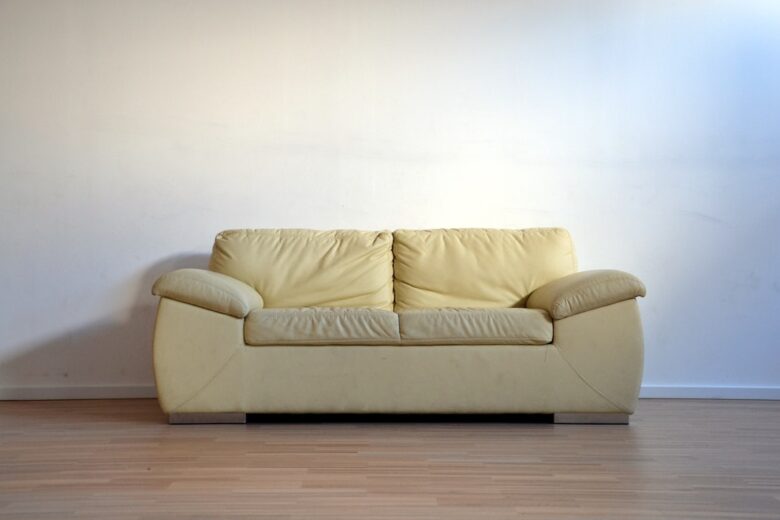How much money can you make from flipping furniture?
You’ve heard of flipping houses, but what about couch flipping? The latest trend in the world of the side-hustle is to buy old, tired-looking furniture, give it a bit of a revamp and then resell it for a profit.
That will sound like a dream way to make extra income for anyone who already has an affinity for upcycling. But the question that you need to ask is, how much cash can you actually generate this way?
Let’s do our best to consider the costs, the variables, and the earning potential that flipping furniture represents.
Know your unavoidable expenses
First of all, we need to talk about what you’ll have to spend to get into the couch-flipping game. The good news is that acquiring the furniture itself doesn’t have to be costly.
Scouring places like Facebook Marketplace, Craigslist, and other local listing sites will throw up a treasure trove of items that are ripe for revival, and lots of people will be happy to part with them for free, as you’ll be saving them the hassle of disposing of it.
So if the furniture itself isn’t a worry, what is? Well, you’ll need tools to work on the items in question, as well as paints and fabrics to recover worn-out upholstery, reseal old wood and carry out any other restorative work you deem necessary.
Tools are a good investment, so having fabric scissors, upholstery tack, and staple removers, as well as a staple gun, pincers, and pliers to hand is sensible. Materials are an ongoing cost and will vary from project to project.
Then there’s the cost of selling it on. If you use eBay, for example, the site takes commission. But how much does eBay charge? Fees vary depending on the type of product and its final sale price. Some alternative platforms let you sell furniture without paying fees, but eBay is generally able to offer a better experience because of its user and seller reviews system, which helps to weed out time-wasters. You may also need to invest in CRM for movers.
Essentially, you need to be prepared to do some calculations before you begin so you recognize what your specific start-up costs will be ahead of your furniture flipping adventure.
Pick popular products
Let’s say that you want to spend $50 on buying and restoring a piece of furniture, then sell it on for $150. That’s more than possible, but the main factor to consider is how desirable the furniture is in the first place.
If there’s plenty of demand for it, you’ll not only get closer to your asking price, but you’ll also not have to wait around for a long time after you post your listing, trying to get a sale.
Hot products include coffee tables and end tables, as well as dressers and storage cabinets. The more obscure or unusual the item of furniture, the less demand there will be for it, and the trickier it will be to sell for a profit.
Value your time
Lastly, don’t forget to think about the value you put on your time. If you are intending to flip furniture to supplement your main income, and you aren’t all that interested in the act of actually restoring the items themselves, then you need to be able to make a decent return on your investment of time for it to be worthwhile.
If you could be making more doing some other side-hustle, it is probably not a good idea to get into furniture flipping.
If, on the other hand, restoring old furniture is your passion and something you enjoy, you might not mind that you make relatively little back for the hours you put into it. It’s all about striking a balance that makes sense for you.
Photo by Christian Kaindl




